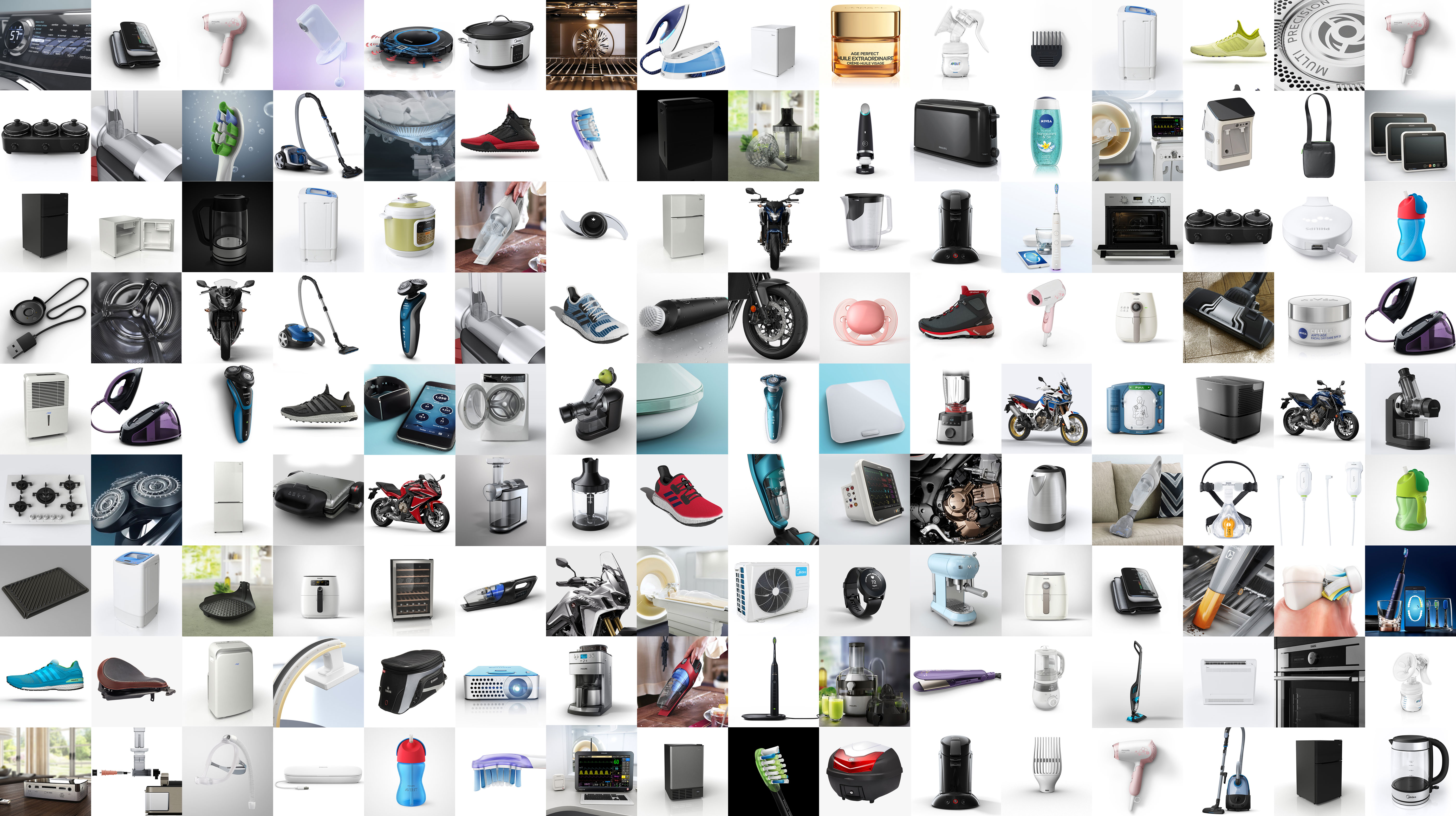Why scaling up requires transformation
Scaling up is less straight-forward than ever
Whether consumers add items to a shopping basket you actually hold in your hand, or to a virtual one, a lot has happened in their minds, leading up to this cherished moment. Impulse buys of sweet treats at the checkout counter aside, this means that multiple steps have been taken in the so often-mentioned customer journey. The question can be asked: Is this process becoming simpler, more straightforward? Is it converging into one optimal path to purchase? The answer: Not at all. Why is that?
First of all, consider the number of online retailers globally (thousands), the number of products being introduced every year by brands in industries ranging from fashion to food to appliances (tens of thousands). Henry Ford pioneered an early version of something for which he is less well-known than the mass-production system, and which many companies employ to this day: their own particular interpretation of planned obsolescence. The introduction of a new (version of the) product with changed design, colors, features and so on, makes the current models look outdated and old-fashioned. The new product becomes more desirable and it can even be more expensive (it is new!), which Apple has capitalized upon tremendously over the past decade.
The second driver is differentiation. What the companies selling shampoo and facial cleansers figured out years ago, is that when you divide up consumers into smaller and smaller groups, there is a unique product for each of these. However, the uniqueness can be built on a commonly shared proto-product, which is usually called a “platform”. Meanwhile, today’s biggest internet companies offer their core service for free (search and social connection), but they have been running their whole business model based on the ability to identify which group a person belongs to and serve each a relevant piece of content. Perfect for marketing differentiated products to very specifically defined consumer segments.
So, we have continuous introductions of a wide variety of new products that are presented to consumers in an extremely targeted way, across a multitude of marketing channels.
Transformation is a process
A large percentage of purchases have been directly influenced by some kind of interaction that the consumer first had in the digital environment. As one can imagine, a tight correlation between the online and the offline is mandatory, as a result.
Many e-commerce researchers have discovered, that one of the top reasons people end up not buying a product online is: They can’t tell what the product is really like. At least not with a sufficient degree of certainty. Because people rely at least partially on sensory aspects, they become afraid of buying the wrong product online, where this experience is absent.
One thing is constant: Digital channels need to engage the consumer from the development of an awareness to look for a new product all the way to the actual purchase and beyond. Marketers typically analyze this nowadays by using an endlessly looping figure 8 diagram. The buyer turns into a user and then back into a buyer. Yes, consumers also jump away to regular non-digital variations of a part of this journey. However, this just means that the complexity has increased rather than diminished. Because now not only is experience itself important, also the connection between channels, whether on- or offline, becomes crucial, to avoid losing the prospective buyer in the chaos of interactions.
Execution is everything
Increasingly, there are scale challenges for brands in all sectors: there are many products, many consumer segments, many channels to engage on, more and more of which are digital. Content needs to be dynamic, targeted and engaging to rise above the noise. Traditional business areas have to transform to make it possible to connect insights, targeting, content and channels. Seamlessly.
A transformational strategy that addresses the issues, has to be rooted in a foundation that is informed by actual execution. Otherwise, the plan turns out not to work, either because the technology wasn’t ready or, an under-the-radar innovation just made it irrelevant.
Talk to us
For both strategic advice as well as on-the-ground implementation, work with the team that knows how to scale up the creation of visual content, from simple product images to fully interactive applications. Want more articles like these? You can sign up to our newsletter or follow us on Twitter @INDG


